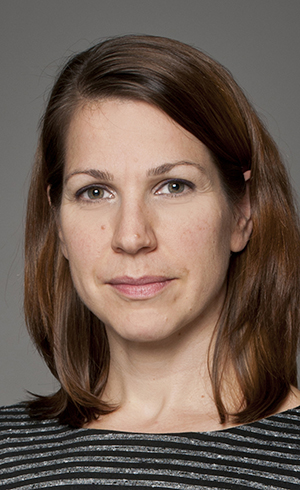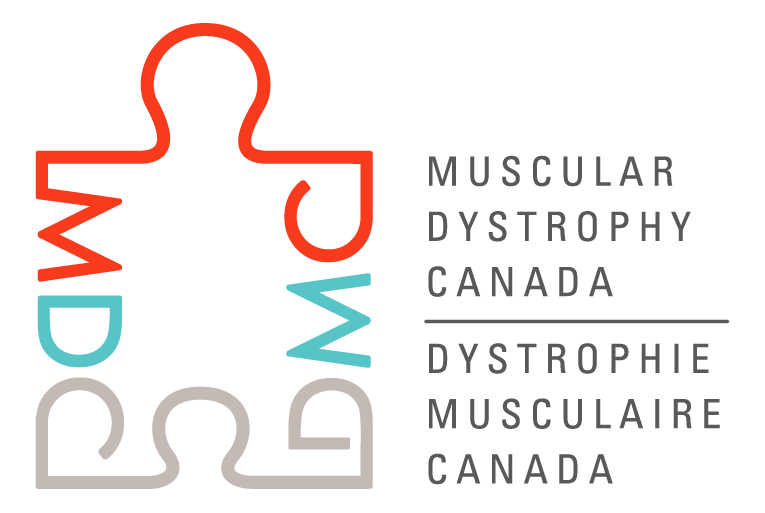Improving myoblast transplantation outcomes via pharmacological reprogramming
2021
Lead investigator

Dr. Nadine Wiper-Bergeron
University of Ottawa
Ottawa, Ontario
Budget: $60,544
Disorders: Duchenne/Becker Muscular Dystrophy
Research Areas: Discover Novel Treatments & Therapies
Abstract:One way to cure Duchenne muscular dystrophy (DMD) is to use stem cells to repair muscle. These stem cells, called satellite cells, can restore dystrophin expression to DMD muscle, reversing the muscle mass loss and weakness. However, when we isolate healthy satellite cells from muscle for transplant, they change in the dish, making them less efficient at repairing muscle when transplanted and less likely to make new satellite cells in the diseased muscle. New satellite cells from donor tissue are necessary for long-term repair of DMD muscle. My lab has discovered that a protein called C/EBPbeta helps satellite cells keep their stem cell potential. Treatment of donor satellite cells with a drug called IBMX before transplantation increases C/EBPbeta levels and keeps the cells more like satellite cells, essentially reprogramming them into more potent stem cells. When transplanted into dystrophic muscle, IBMX-treated muscle cells repair better and make new muscle stem cells in mice. We propose experiments to determine if (i) IBMX-treated cells can be delivered to all the skeletal muscles of the body through the blood; (ii) IBMX-treated cells can persist long term and make muscle function better; (iii) IBMX can also improve human satellite cells for transplant. This project aims to generate strong preclinical data necessary to advance new therapies for muscle wasting diseases like Duchenne Muscular Dystrophy into the clinic.
Impact:
